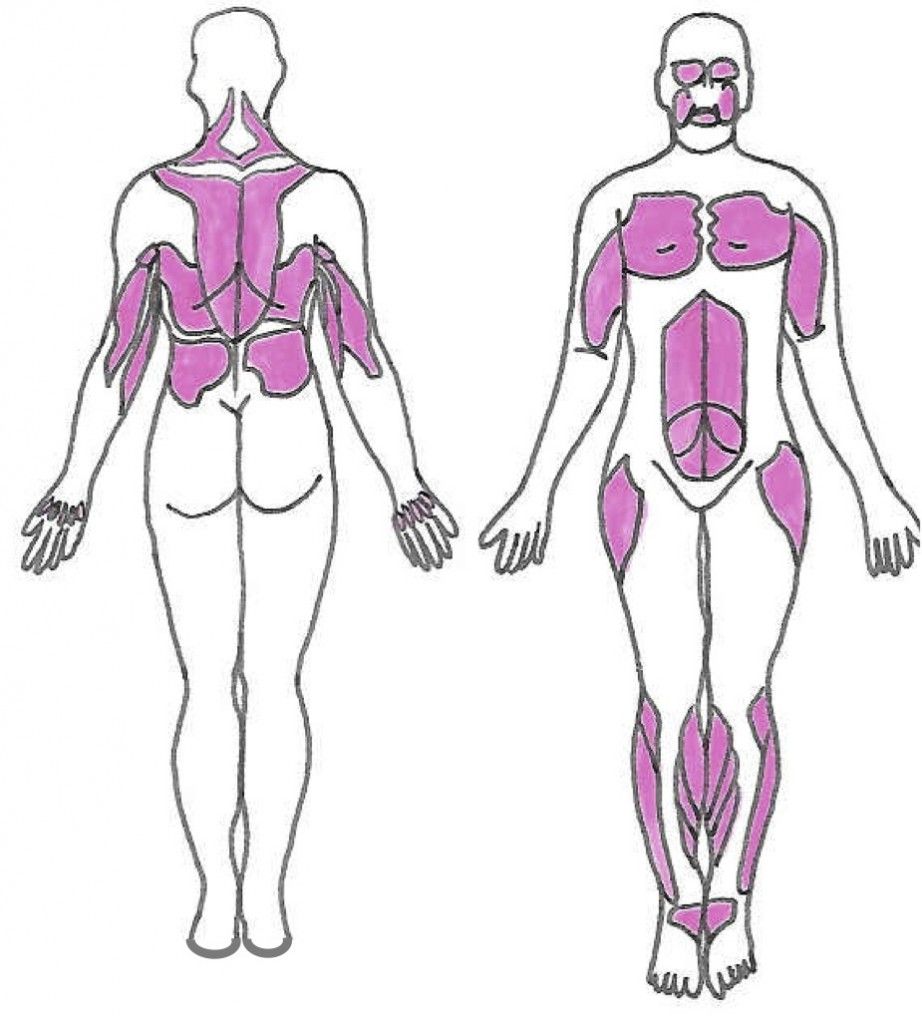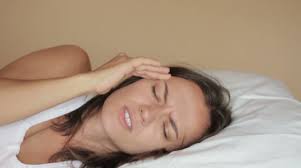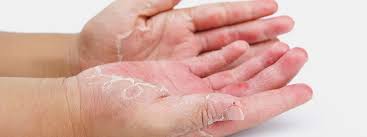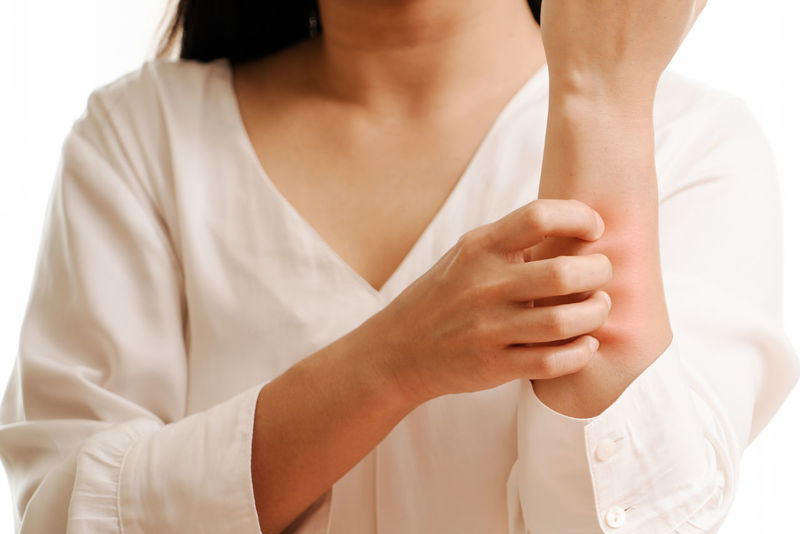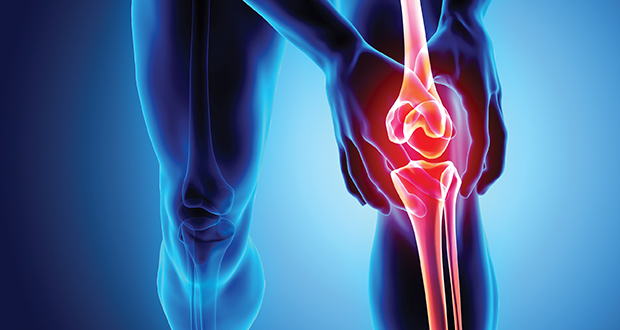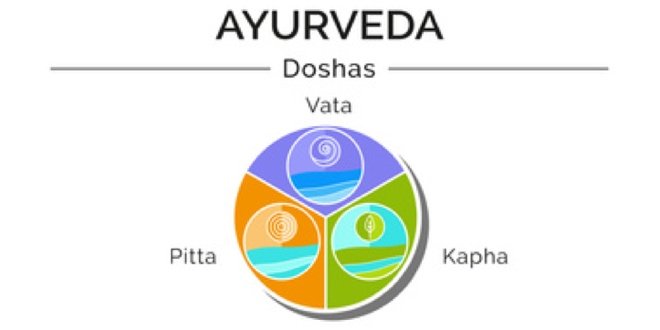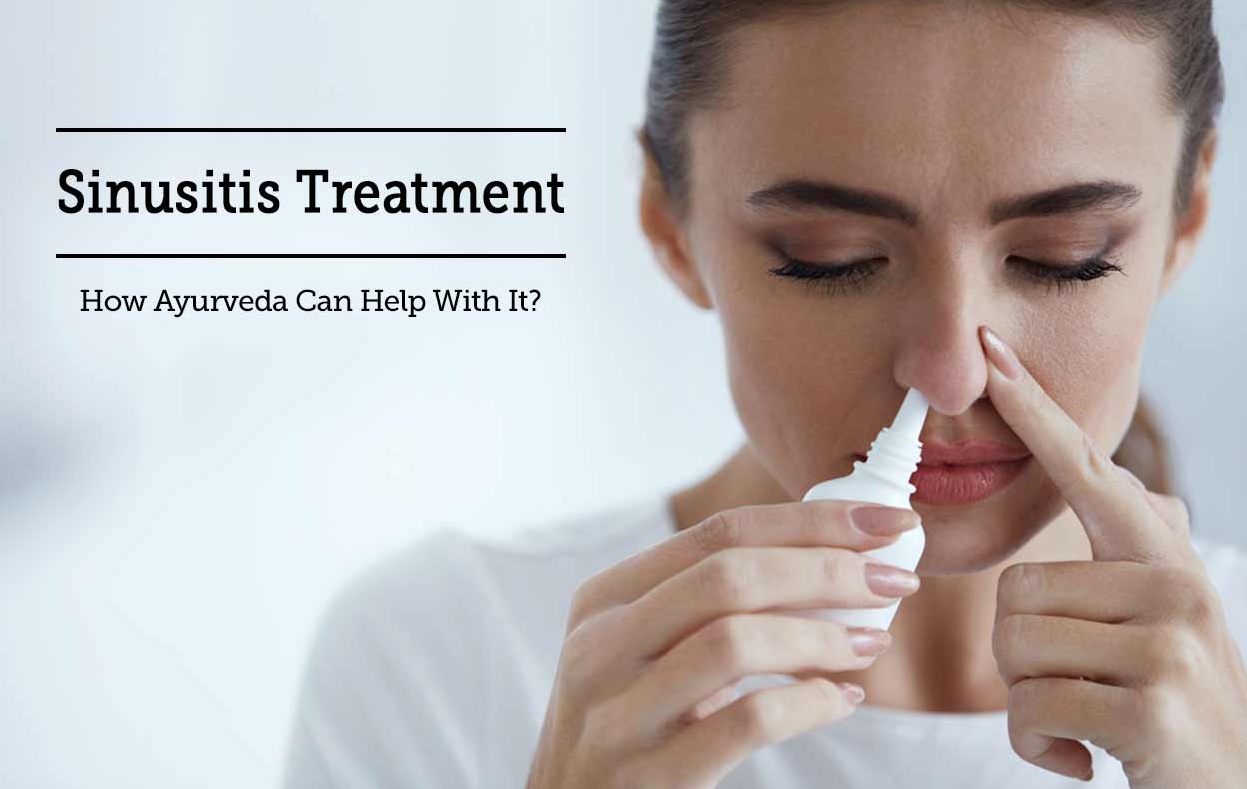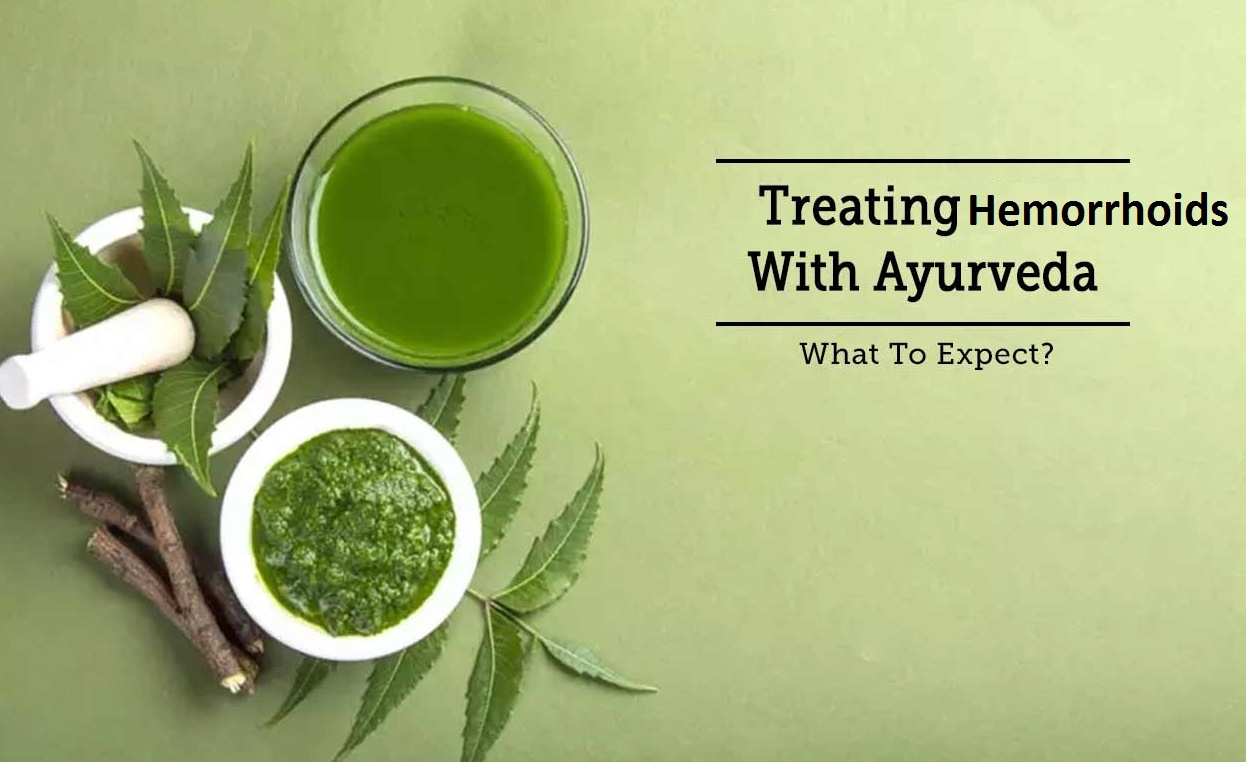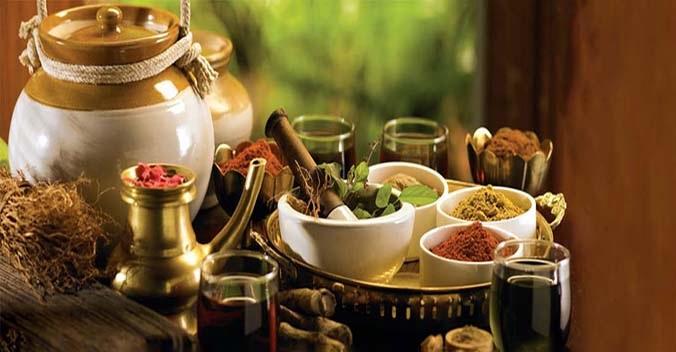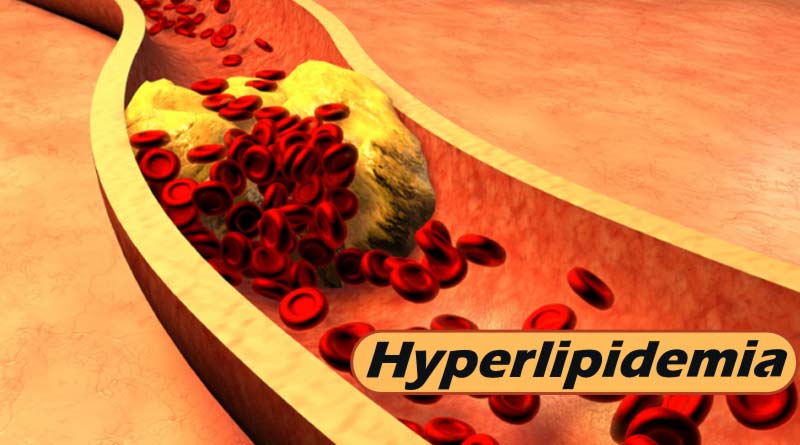Let’s see ‘What Muscular Dystrophy is?.’
“Muscular Dystrophy” is the degeneration of muscles. In Muscular Dystrophy, abnormal genes hinder the production of proteins that are needed in the formation of healthy tissues. It eventually leads to several physical problems such as frequent falls, inability to walk, difficulty in standing and so on. “Madras Institute of Ayurveda, Vadapalani, Chennai provides holistic service to patients suffering from progressive weakness and loss of muscle mass.
Ayurveda has some very effective treatments that can decrease the symptoms and provide relief to the patients.
According to Ayurveda, to maintain a healthy body—the three doshas- Vata, Pitta, and Kapha, are needed to be in perfect balance. Muscular Dystrophy is described as the ‘Mamsashosha’, meaning imbalance of ‘Vata dosha and Sapta Dhatus [the essential seven elements required to maintain body structure]. Vitiation in the digestive fire [Agni- needed for the digestion of food in the stomach] of any of these dhatus, leads to improper absorption of nutrients which results in weakness.
Herbal Remedies for Muscular Dystrophy, ‘degeneration of muscles’ , —Ayurveda takes a holistic approach in the treatment.
Many herbs can manage muscular Dystrophy and prevent the condition from getting worse. Here are few effective herbs that are recommended in Ayurveda, to manage his disorder—
- Ashwagandha-The rejuvenating and regenerative properties of ashwagandha can help to preserve the muscle mass. It can promote regeneration of the muscle cells, eventually restoring muscle mass.
- Giloy – acts as an anti-inflammatory agent and reduces the damage to the muscle. It can also produce an antioxidant effect and protect the muscle tissues against–free radical damage.
- Arjuna- This herb is particularly beneficial for preventing the cardiac complications of this disease. It can improve the functions of the heart, ease the breathing and improve the quality of life.
- Brahmi- this herb helps to improve the muscle mass and enhance the functions of the nerves. It prevents oxidative damage to the muscle tissues and acts as an antioxidant.
The ayurvedic medicine for Muscular Dystrophy is aimed at providing holistic treatment that brings about a long-lasting relief. The ayurvedic approach also includes making appropriate changes in the diet such as – including healing foods for Muscular Dystrophy.
Ayurvedic way of eating food— Unless medicine is accompanied with proper diet, health issues cannot be treated correctly. Always eat food- warm, fresh and hygienic, light and easily digestible, according to one’s body type and at the right time.
Panchakarma -treatment may be recommended to prevent the worsening of the condition due to the damage caused by the toxins accumulated in the body. This therapy detoxifies the blood.
So, with all this said about the treatment therapies for Muscular Dystrophy or degeneration of muscles, it needs to be put in action—At Madras Institute of Ayurveda, it’s possible. “Madras Institute of Ayurveda” is located, in the heart of Chennai and is a place where authentic and established techniques are offered as a treatment for various health problems.
So, log on to www.miayurveda.org for any queries you may have.

